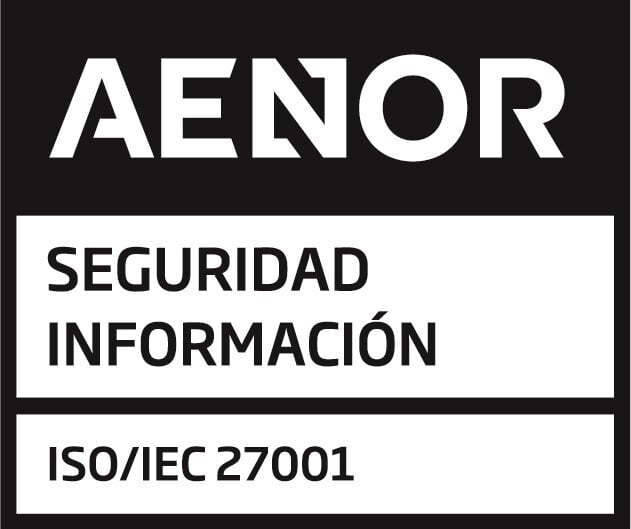The International Energy Agency (IEA) recently reported that the share of renewables in the electricity generation mix reached a record-breaking 30% in 2021. This is good news for renewable energy technologies, which have overcome several barriers over the years.
While the industry is growing, renewable energy asset managers face several challenges, mostly linked to expanding asset sizes. As the portfolios grow, the need to understand asset details and oversee efficient operations has never been more essential. This article explores five asset management challenges in renewable energy and recommends remedies.
1. Scalability
As we all recognize, the sole duty of asset management in RE is to optimize asset performance. When the assets are few, this work is not challenging. But wait until the assets run into their hundreds and thousands. There are numerous components to manage – inverters, combiner boxes, sensors, etc…- and that leads to numerous asset management challenges, especially in scalability terms.
In the IT world, scalability can refer to the capability of software to expand for reliable support of enlarging workload. The majority of platforms available for RE asset managers are olden and designed for only simple monitoring needs. Such tools fail spectacularly when they undertake the extra burden of scaled asset management.
So if you are in charge of expansive RE assets and you find scalability challenging, it is time to engage intelligent asset management solutions. QBI’s harmonized workflows will enhance collaboration, aggregate data, and set your company on a path to unmatched success.
2. Bad Communication
One of the surest signs that your renewable energy assets are growing is the need for increased collaboration among team members and collaborators. With a growing asset base, the number of people involved increases. If they lack the right management tools, asset managers struggle with inefficiencies and poor communication. They are not applying structured procedures and custom-built platforms to address this asset management challenge. In the absence of centralization and reliable documentation, solving the communication challenge is an uphill task.
So, if you have many team members that need to work in coordination, a collaborative workspace may be what you need. External partners can also be part of the collective space to stay updated. We talked about communicating with stakeholders sometimes back. If your partners and suppliers are few, you can survive with conventional communication channels. However, higher-level communication tools are necessary for large-scale RE assets.
The task management component within the QBI platform offers a systematic approach to communication. No task goes unassigned or approved. The platform is the answer to the communication challenge that RE asset management faces.
3. Scattered Data
Renewable energy asset management is also grappling with data access because of how this data is scattered across different project records and monitoring platforms. Emails are not exempt, as they may also house loads of fragmented work orders.
RE asset managers can find the monitoring of this scattered data overwhelming. Repetitive tasks of searching for documents and consolidating them into conventional platforms such as Excel spreadsheets can take weeks. The asset manager may also need to perform analysis of the data manually.
If your company has asset data scattered across various software systems, mailboxes, or spreadsheets, there is no need to panic. QBI Solutions platform can consolidate and standardize all this data in a single-source-of-truth. Our platform works as an ERP system, bringing together all your company departments to a single cloud-based system.
This approach to data management can also come in handy in keeping an account of documents related to permits, contracts, work orders, and system maintenance.
4. Time Loss (reporting, hopping from different tools, etc.)
Renewable energy asset managers have to deliver regular reports to stakeholders. Manual reporting can consume up to 40 hours monthly. For modern operations where time is highly valuable, such loss of time is undesirable. Avoiding time loss is another asset management challenge that RE companies are facing. Yet, many asset managers are still stuck in this quagmire because they are yet to discover what a solution such as QBI Solutions can do for them.
The QBI platform derives data from the different systems containing data of your RE projects and uses the data to generate insightful reports, automatically. The platform also provides analytics and KPIs on the spot. With just a few clicks, you can take care of all those recurring reports – project reports, financial reports, portfolio reports, and others.
5. Using the Right Tools
Managing a growing set of renewable energy assets is a critical undertaking that is more demanding than on-site management. If you are responsible for the management of RE assets, then you know that you have to work with many stakeholders and handle numerous tasks. Choosing the right management tool is not always straightforward for managers, but it is worth the effort. The right tool can help centralize assets’ data and save time and resources.
QBI’s feature-filled system is the right one for your asset management needs. Save time and focus on what adds value to your business. Use this end-to-end energy business management platform for:
● Paperless and effective billing management feature
● Swift document management
● Visibility of all your stakeholders and internal legal structure
● Improved compliance and safety
● Full customization
Do you need an advanced platform to overcome the listed challenges for your renewable energy assets? Contact QBI Solutions and book a free demo!
